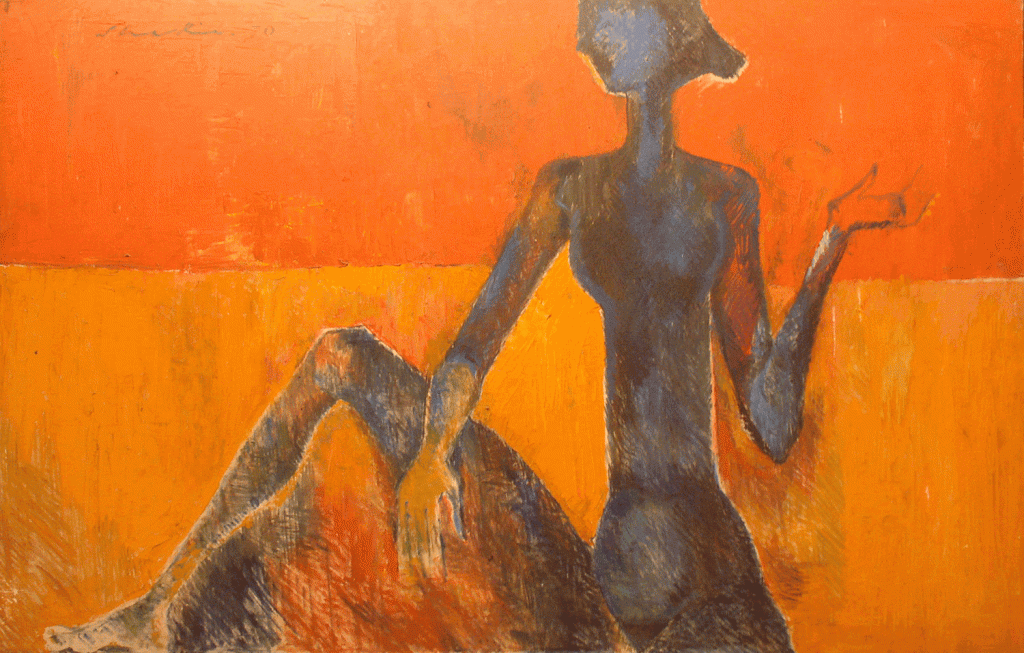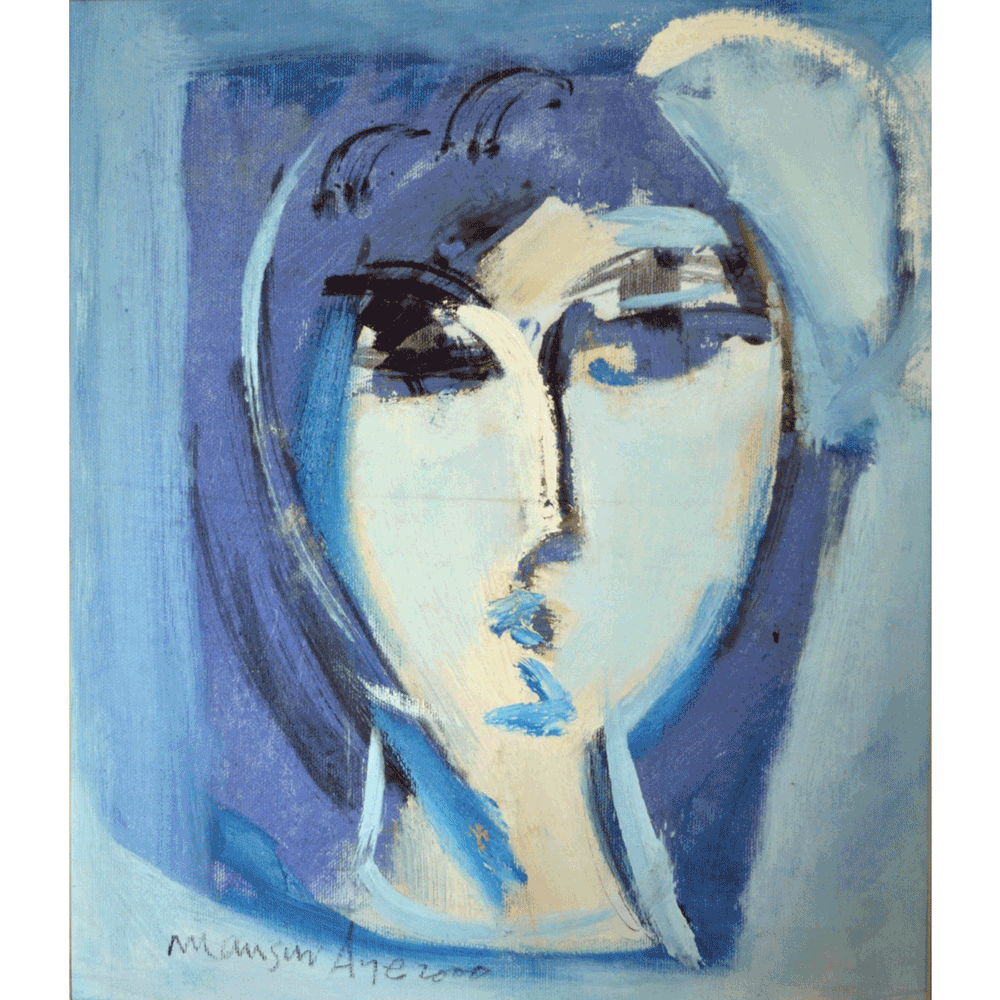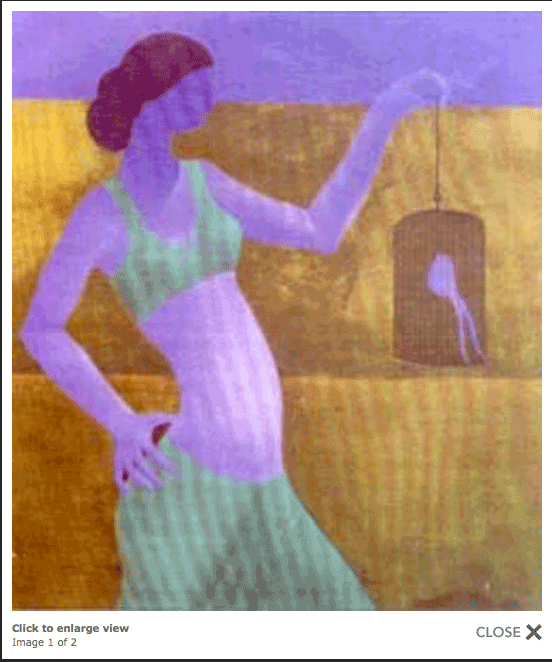Artspeak: The Art of Love
By Niilofur Farrukh | Published 8 years ago
Circulating on social media is a copy of the official notice issued by Sargodha University forbidding its male and female students from sitting together on the campus. View this against Mahnaz Mehmud’s tribute to her daughter Sabeen, at the Dil Paink event in Berlin, where her favourite song “Piyar kiya tou darna kya” was played. In her lifetime, Sabeen encouraged Valentine’s Day celebrations, creating a space for the country’s youth to express their feelings without fear at T2F, and took on the “moral police” for hounding Valentine’s Day revellers. Reports say it was her earnest desire to bring back romance into our lives without feeling any guilt that put her on the radar of extremists.
Finally, Sabeen was silenced and joined the hundreds of ‘love martyrs’ of this land, included among whom are the couples who married for love but were killed by their families and women who were murdered in the name of family/ tribal “honour.”
The outlawing and stigmatisation of young men and women for free mingling on campus, points to an education system that is guided by a myopic moral compass. Societal patterns reveal that intolerance for love is linked more to the politics of gender than morality. Homicide in the name of so-called honour continues unabated, as those who implement the law and those who deliver justice ostensibly find it difficult to rise above the deep-seated misogyny in our society. These attitudes towards an emotion as natural as love, send out confusing messages from a nation that considers its 18-year-old citizens mature enough to vote and elect the country’s political leadership, but imbeciles when it comes to love.
In striking contrast to this public conservatism that shuns all expressions of love, Pakistanis tend to live their love life vicariously through ishqia or romantic verse and love stories on television and in movies. The Pakistani nation also patronises an art that is testimony to lives full of passion.
At one of his retrospectives, Sadequain had a room dedicated to portraits of the women he romanced and volumes of illustrated rubaiyaats that recall intimate relationships, lover’s quarrels, and the self-doubts and jealousies of a lover. These are full of personal moments the artist made public for his vast audience.
The celebrated modernist Shakir Ali’s love for a married woman filled his life with unbearable angst, as this was a poignant and hopeless bond that he could not break. His desire to own her completely comes across in his paintings that reveal a solitary female figure against searing impasto reds. His oeuvre departs from formalism to deal with surging passion.
Bashir Mirza, a compulsive dil phaink, romanced with physical exuberance. Going by his drawings, his love bordered on both pain and pleasure. ‘The Lonely Girl’ series was a distant romancing of a confident woman that caught the imagination of the Master as he saw women come into their own during the 1970s. The visceral energy of the acrylic series shows the woman of Bashir Mirza’s dreams to be voluptuous, large-limbed and dark-skinned, with an earthy beauty.
Mansur Aye’s legendary moon-faced beauties were an expression of his romance with an enchanting face that continued throughout his artistic life. In countless interpretations of female features, he immortalised his beloved. Many other masters have loved real-life partners and also objectified them with unabashed emotions, ranging from passion to tenderness. The sheer intensity of these feelings has pushed their art to a universal emotive plane.
Poets like Fehmida Riaz, Kishwar Naheed and Attiya Dawood are the feminist voice in Pakistani verse, who have established that the expression of love is not just a male prerogative. Fearlessly, they have encouraged both women and men to move past moral dichotomies to see love as an organic relationship that brings completeness to life.
These works of art and poetry are an important and celebrated part of our culture; they exist in both private and public collections and are probably the most public expression of love. Maybe this should be taken as a strong statement on what a mature nation hitting 70 wants — to have the freedom to love and live life without the dictates of some self-appointed moral custodians.





